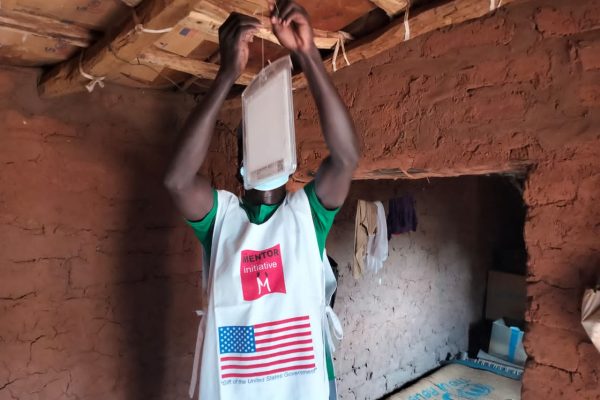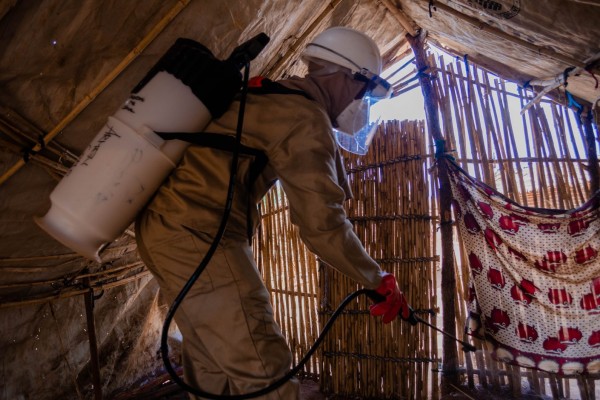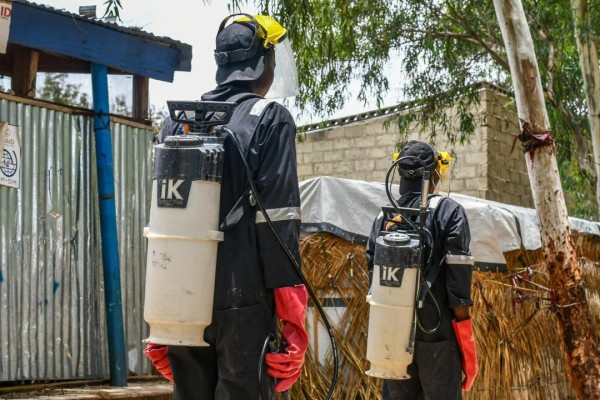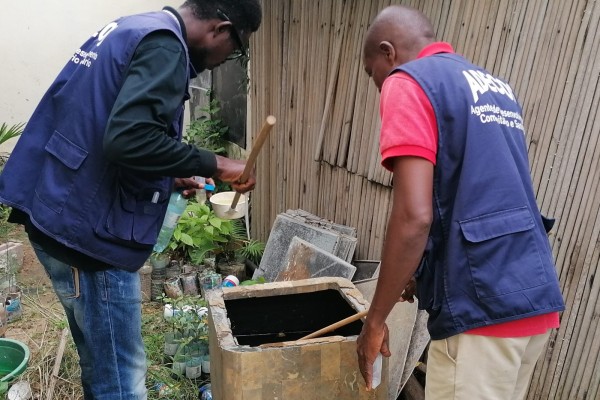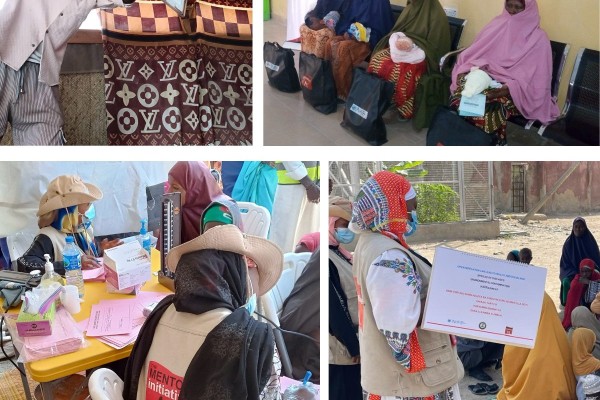MENTOR’s integrated vector management approach reduces and prevents vector-borne diseases by targeting multiple vectors and integrating various control strategies. This holistic approach increases the effectiveness of vector control interventions in the countries and contexts where we work.
The main benefit of integrated vector management is its ability to target multiple vectors at the same time. Many vector-borne diseases, such as malaria, dengue fever and Zika virus, are transmitted by different vectors. By focusing on a single vector species, control efforts may not effectively address the overall disease burden.
Integrated vector management considers the ecology and behaviour of multiple vectors, which results in a broader, tailored approach to disease control. By integrating control measures that target different vectors, such as mosquitoes and sandflies, we can reduce disease transmission and protect communities more effectively.
Integrated vector management uses a range of tools and strategies to tackle vector-borne diseases. Each tool plays a role within the integrated vector management framework, addressing different stages of the vector life cycle and targeting various points of disease transmission.
These include:
Indoor Residual Spraying
The application of insecticides to indoor surface where disease-transmitting vectors, like mosquitoes and sandflies, rest.
Larval Source Management
Preventing larvae from developing into adults at breeding sites.
Entomological Surveillance
Monitoring vector populations, their behaviour and insecticide resistance patterns, to help inform decision-making and improve interventions.
Spatial Repellents
A lightweight tool that emit active ingredients which impact vector behaviour and reduce human-vector contact.
Long-Lasting Insecticide Treated Nets
Providing physical protection against bites and kill mosquitoes resting on the nets surface.
Using these tools within the integrated vector management framework has many benefits:
- By combining different strategies, we can target vectors at multiple stages of their life cycle, interrupting disease transmission more effectively.
- Integrated approaches are shown to have a greater, synergistic impact on reducing diseases compared to using a single intervention in isolation. For example, combining spraying with net distribution has shown to significantly decrease malaria transmission in various settings.
- It promotes sustainable vector control by addressing all vector populations and minimising the risk of insecticide resistance.
The effectiveness of using specific tools in certain situations is a key consideration and having a comprehensive toolbox is essential. For example, in some humanitarian crises, the use of nets or indoor residual spraying is not feasible in the shelters where people live. Using other tools such as spatial repellents allow more flexibility and broader coverage of vector control tools in vulnerable settings.
Through partnerships with the private sector, UN agencies, institutional funders and other donors, this strategy has significantly reduced the risk of vector-borne diseases.






